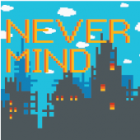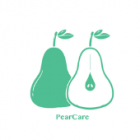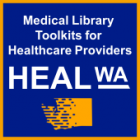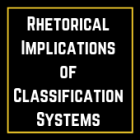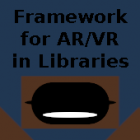
NAGPRA Disposition and Review Request Index
We worked with the National Park’s NAGRPA staff to index specific issues, tribes, or institutions within the Review Committee minutes. The project created a thesaurus introduction and tagged institutions that update the Review Committee, as well as provided the reason (i.e. request for disposition, request for finding of fact/dispute, presentation, or public/written comment). Our project enables NAGPRA staff to search the minutes for specific issues they encounter regularly, and provides them a more comprehensive view of current needs. It will thus enable visibility of indigenous issues and make them more accessible, transparent, and useful to NAGPRA.

